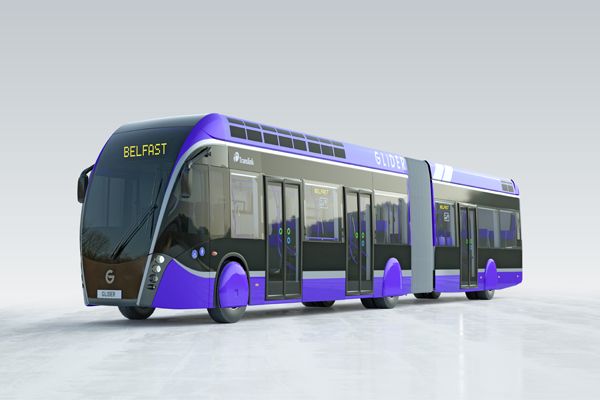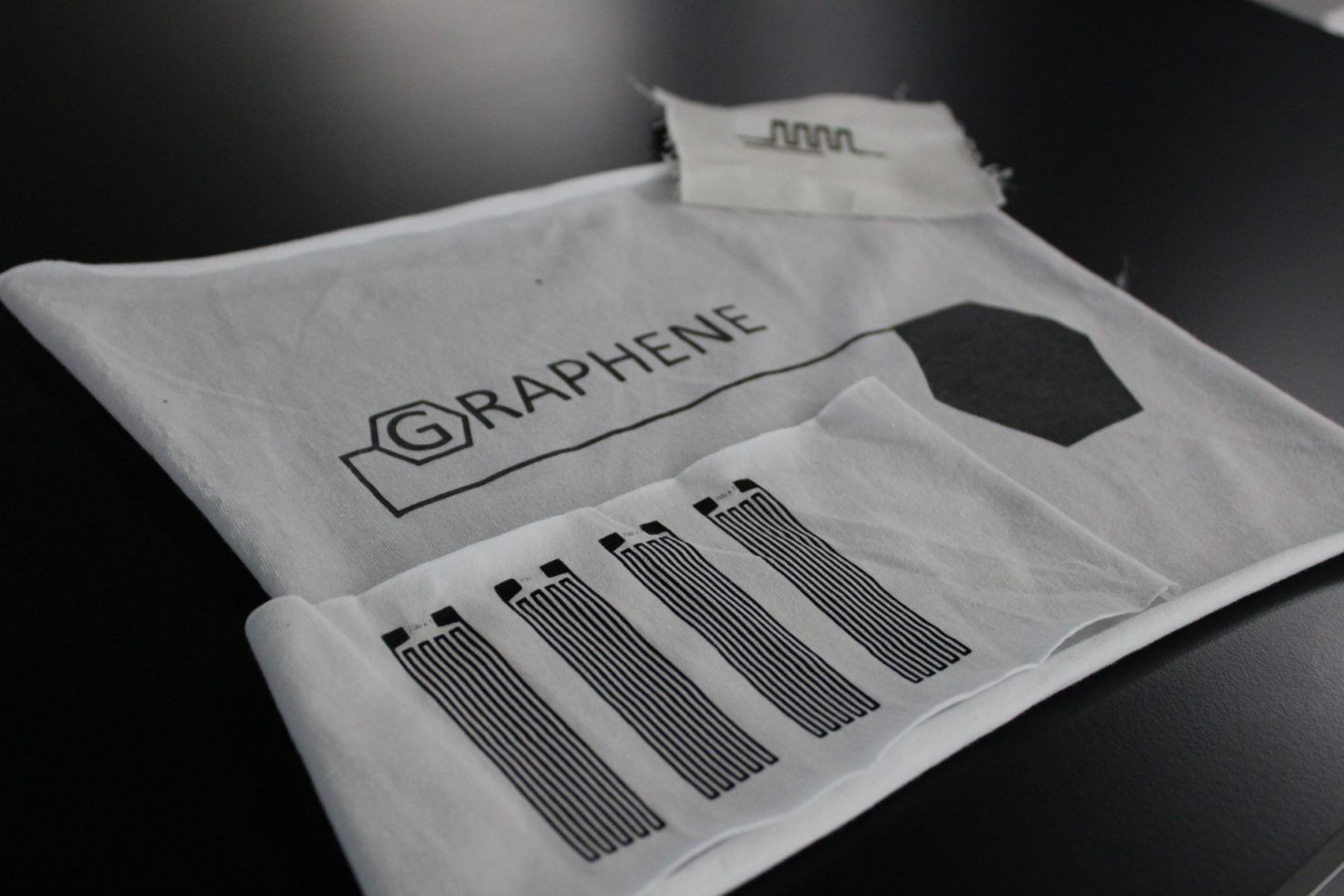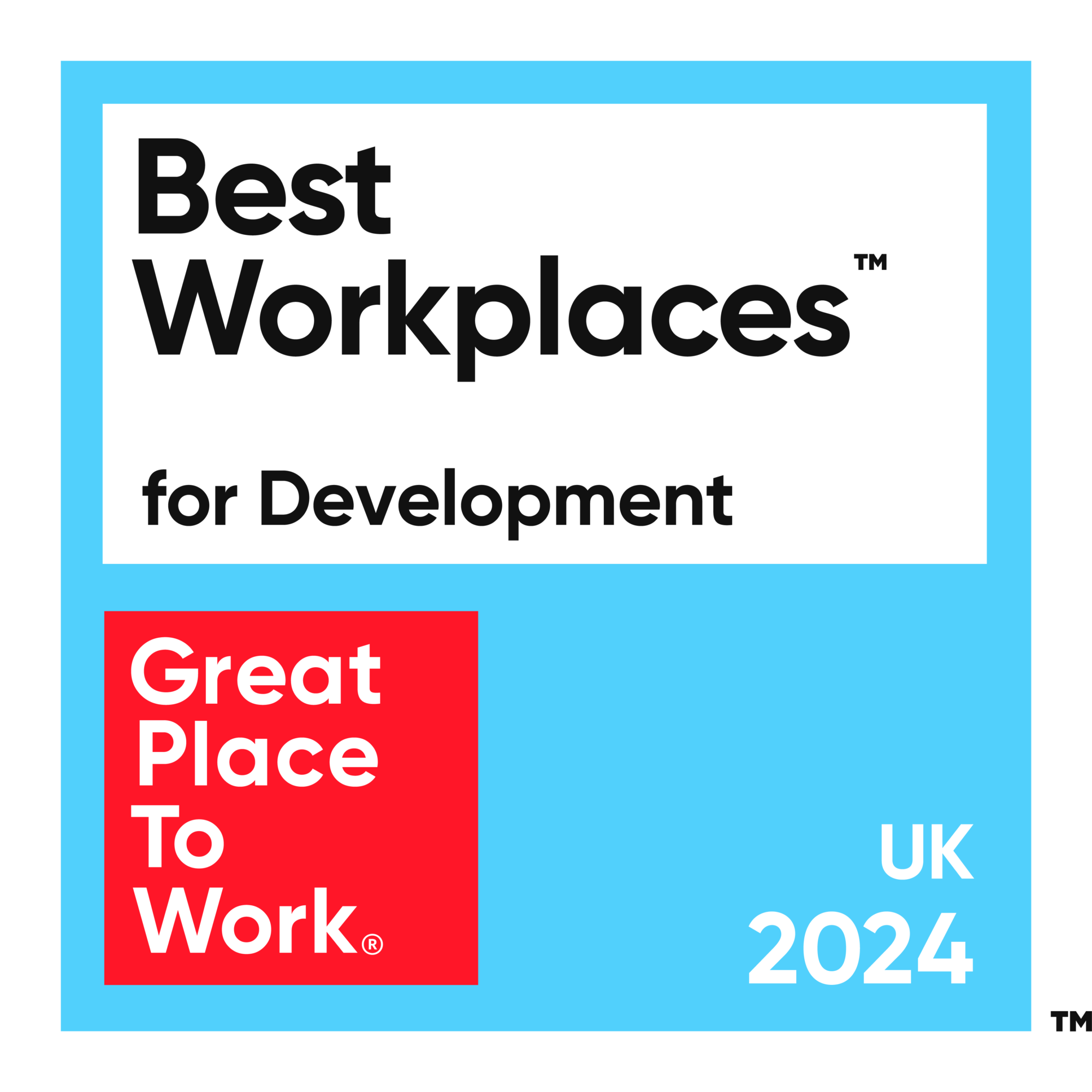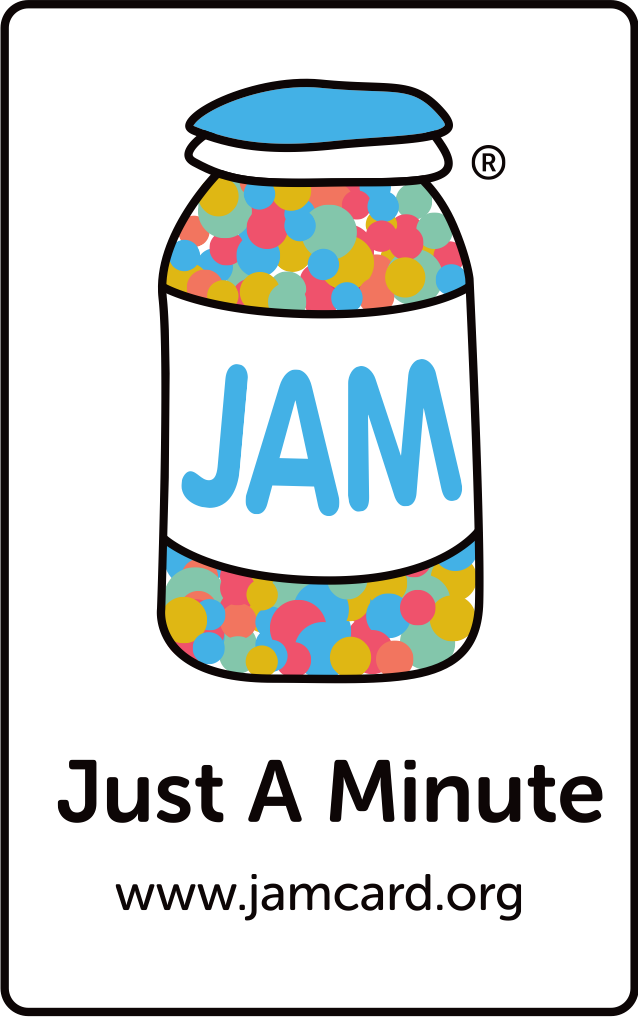Belfast: A transport utopia? (After all, the Glider bus is coming)
When I think of the city of the future, I think BIG. Hyperloop – jet packs – self-driving car shares – no […]
February 12, 2018

When I think of the city of the future, I think BIG. Hyperloop – jet packs – self-driving car shares – no carbon emissions – cycle lanes – parks, trees, and pedestrian streets – a city centre that draws people in.
To find out if this could be Belfast’s reality I spoke to Richard Kirk, regional director at the Institution of Civil Engineers. The organisation educates the public about what is needed, infrastructure-wise, for cities of the future, through its blog, speaking engagements and campaigns.
“Infrastructure is the fabric that makes our lives work better – all the sewers, water, electrical, road systems – from below ground, to what’s on the ground, to the air around us,” said Richard.
The trouble is, NI is set up for a huge downfall in infrastructure budgets, spelled out in this document. I spoke to Richard about how we will cope.
Could Northern Ireland be at the forefront of a transport revolution?
RK: “NI is the perfect size to host pilot projects in transport. We could do things really well. There’s potential here.”
Where are they getting it right?
RK: “Copenhagen has a really good grasp on mobility. Most citizens cycle everywhere on pedestrianised streets. That was highly intentional. Twenty-five years ago they created a hub-and-spoke style masterplan for their city, and doggedly stuck to it. Now 67% of people cycle to work because it’s more convenient.”
Can we do the same in Belfast?
RK: “Sometimes hard decisions are necessary. You have to remove some lanes of traffic to make dedicated cycle lanes. These changes need leadership support from the City Council.”
The cuts to infrastructure plans have been all over the media: the impact to street lighting, pothole repair, gritting, etc. Maybe we need to look further into the future, such as 25 years away, instead of what would work tomorrow.
For example, what about car-sharing? Car ownership is down; young people don’t want to own cars. Car-sharing, using autonomous cars, could completely change our roads. It’s a bit like a taxi, but with others who commute via the same routes.
RK: “That sounds like a more efficient use of the road system than we already have. Public transport is more fixed, and that would be more flexible. I think in general the concept of a 2-metre wide, 4-metre long car needs to be moved aside.”
“Personally speaking, we’ve moved to a one-car family, using an electric car. I take the bus and walk and cycle wherever I can. It’s a change in mind-set but it’s necessary.”
What other forms of transport will the future hold for us?
RK: “The new Glider bus is very exciting, coming to Belfast in September. It takes away the friction of a normal bus journey – you don’t need to interact with a driver to buy a ticket, you just walk on. It’s a large tram with three double sliding doors. People won’t stop driving until you make it terribly inconvenient for them.”
I’ve seen the fancy new bus stop in Ballyhackamore.
RK: “That’s to get people engaged and excited. This is a step in the right direction.”
What are the budgetary challenges?
RK: “The potential infrastructure funding is a depressing read. But we need to understand that in Northern Ireland, we’re paying half the rates of the other regions of the UK. And we have no water rates. We’re getting what we deserve and there simply isn’t budget to keep our infrastructure maintained.”
What else are you working on?
RK: “We’ve got the NI Year of Infrastructure Campaign. Working with partners from the sector we created a microsite at www.infra2018.org to educate people about how infrastructure forms the basis of all of our lives. The campaign hashtag is #infra2018.”
“In June, the focus will be on mobility – there will be Bus & Train Week, Bike Week and other initiatives to get people seeing what Belfast could look like if we changed the way we move around.”











